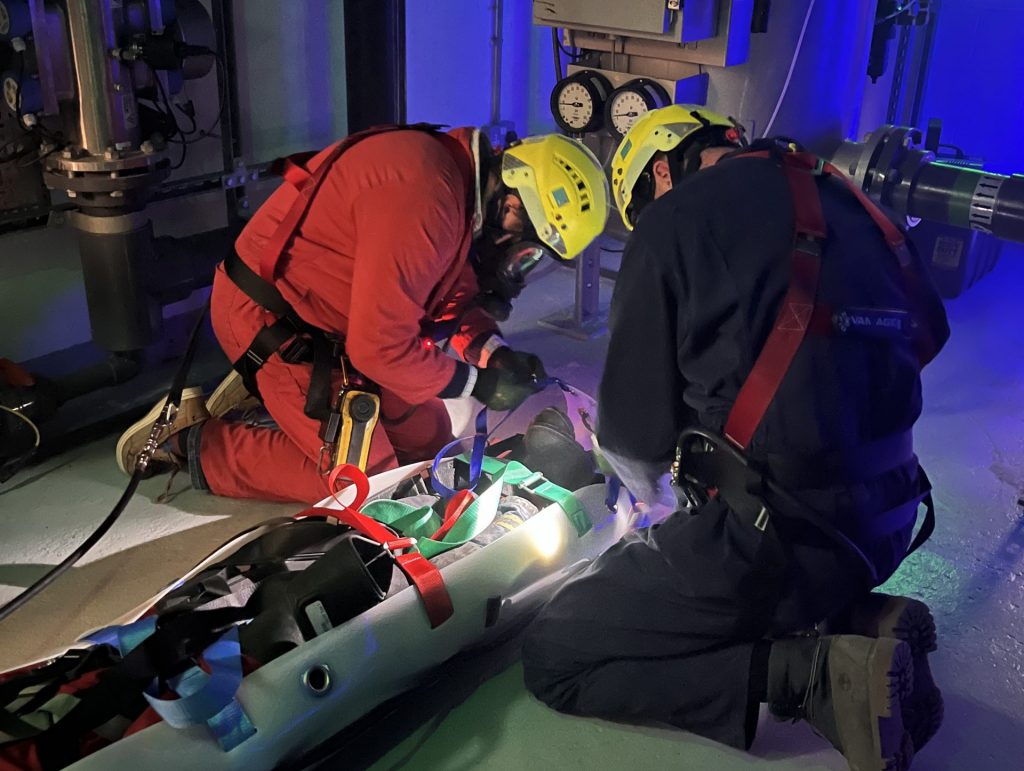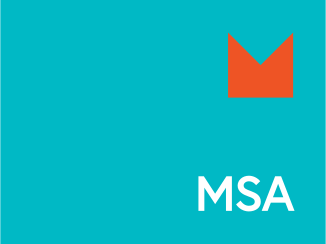Enclosed spaces remain one of the most hazardous environments onboard vessels. In our previous blog, it was evident that crew members are most vulnerable to enclosed space emergencies and should be the priority when it comes to training.
Over the past few years, we have witnessed the development of technology both onboard and in training environments. Now we are starting to see technology that can help to reduce risks and improve enclosed space safety, including portable detection devices and remote monitoring systems.
The Growing Role of Technology in Enclosed Space Training
Although traditional safety precautions, such as practice drills, are still essential to onboard safety, the introduction of new technologies can be used on top of these practices to provide an additional level of protection. Modern technology can help responders identify hazards before entering an enclosed space. This can include: Portable multi-gas detectors, Wearable Monitoring Devices, Remote Ventilation and Purging Systems, Drones and Robotics and Communication systems.

InterManager has collected statistics showing that since 1996, 310 people lost their lives in enclosed spaces on ships. A large number of enclosed space casualties are caused by asphyxiation or unknown dangerous gasses. Having access to life saving technology and being educated in its use can reduce the risk of casualties and ultimately, save lives.
Alignment With Industry Standards
Regulatory bodies such as The International Maritime Organization (IMO), STCW Standards and The Merchant Navy Training Board (MNTB) all speak on the importance of educating crew on the use and risk assessment of equipment. Crew should be trained and tested to an achievable industry standard level. Similarly, technology should be kept up to date, and users should be regularly trained on how to use the equipment to its full potential.
Despite being a powerful tool, technology should not replace training and traditional safety practices. The combination of industry-standard training, STCW regulations, and education on technological advancements will give seafarers the best possible chance of safe entry into enclosed spaces.
How the Maritime Skills Academy is shaping Enclosed Space Training
At the Maritime Skills Academy, we provide Bahamas, MNTB, Ofqual and MNTB-recognised training that supports ship operators in meeting compliance requirements while building a stronger safety culture onboard. Our enclosed space training ensures your crew are prepared for onboard emergencies and in a position to operate technological equipment safely.

By simulating realistic conditions, crew can be prepared to respond to emergency situations in enclosed spaces. If crew are trained in enclosed space entry and educated on the correct procedures, the risk of panic and confusion in real emergencies is significantly reduced.
Book your MNTB Entry Into Enclosed Space course with the Maritime Skills Academy to find out how we can support your crew.







